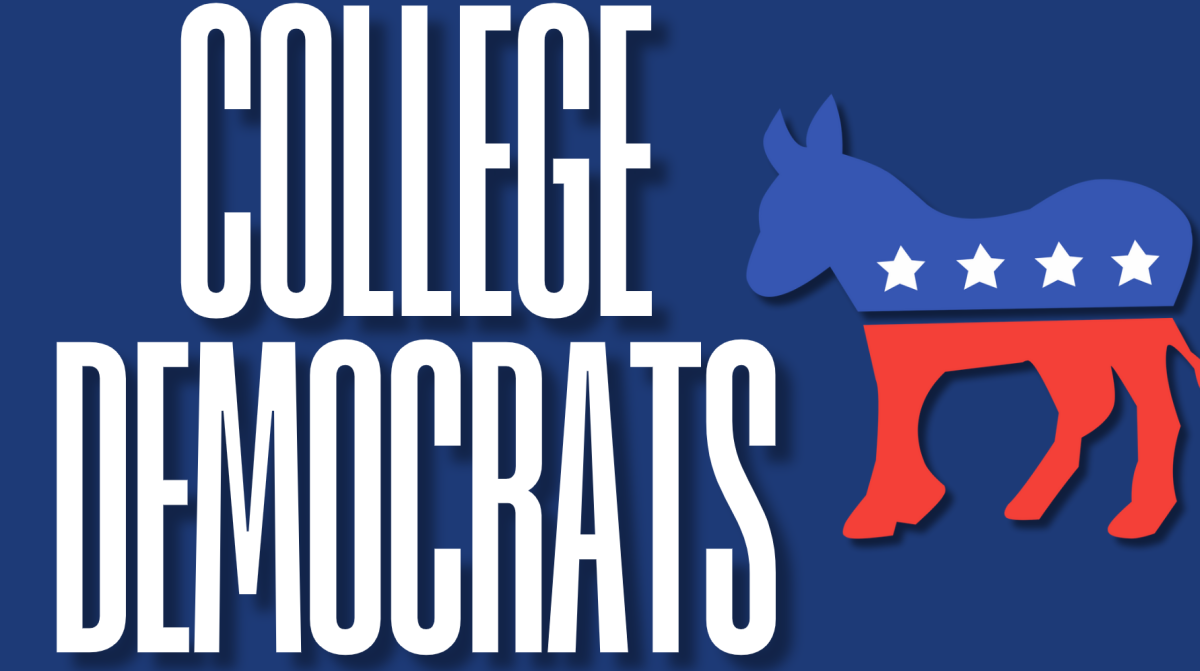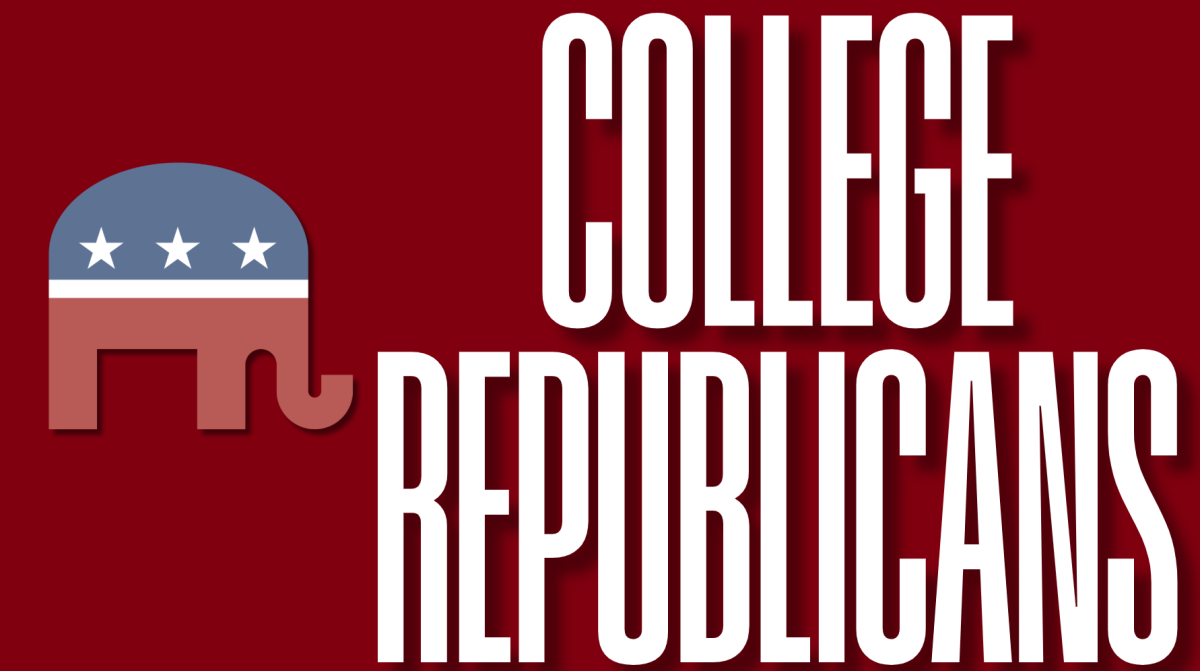By Emily Sullivan

Let’s talk about the purple application you cannot delete from your smartphone, no matter how badly you want extra photos and offline Spotify songs. That purple button is magic.
For no cost, that app can host a wonderfully dense collection of podcasts to be consumed to your heart’s desire.
Podcasts are not new, but became more popular after Serial’s first season release in 2013. However, the first known podcast was developed in 2004 and Apple introduced a podcast section to iTunes in 2005.
Since then, over 18,000 different shows have been uploaded to iTunes, and thousands more to various hosting sites throughout the internet. On iTunes, the iPhone and Android podcast apps, and other hosting mediums, listeners can subscribe to shows to have episodes downloaded automatically on their smartphones and other devices.
Podcasts have become wonderfully disruptive, horizontal technology. Virtually anyone can upload a show of their own to iTunes.
There is an overwhelming amount of topics the medium can cover: shows dedicated to teaching algebra, geology, sex education, stand up comedy, discussing the host’s favorite television show and tracing mysteries all exist.
Really into tracing your family history? There is a podcast for that. Love restoring old cars? You do not need video — there is a podcast for that.
Podcasting is an incredibly social medium that allows consumers and producers to engage with one another in ways that have not been witnessed before in the history of media, and this ability is drastically changing the way that we consume media.
This method of conversation cannot be duplicated by any other content medium and the reasons for this are pretty straightforward.
Podcasts literally have a voice — not a certain tone or a certain character that some blogs might possess, but a real, breathing voice, with human nuances of inflection and emotion behind them.
This unique singularity breathes life into the medium that is not present in Buzzfeed listicles or your Twitter dashboard.
Most importantly, podcasts go wherever you go, entirely on your own terms. They do not require you to plan your life around them — you plan them accordingly around your own life.
Their convenience and user friendliness allows podcasts to connect with their audience in ways that other mediums simply cannot accomplish.
Maybe one day we will be able to watch Netflix on the subway, but as of now, podcasts stand triumphantly at the top as the best way to pass an offline morning commute.
For students who juggle class and work and spend hours each week on the downtown D, podcasts are the perfect solution to in-transit boredom. Stand-up, science, sex, synthesia — there are shows about everything you could possibly want to learn more about.
They provide moments of clarity and insight both on-the-go and during periods of relaxation that wine-fueled Netflix hazes on the couch simply do not allow.
My own love affair with podcasts began during a semester spent abroad with rare and spotty wifi, and continued day after day as I logged in transit.
They provide the perfect entertainment with a conversational aspect that music often lacks and allowed a sense of involvement and connection that logging onto a certain online television streaming service does not provide.
I have used them to explore topics of interest more in depth, to communicate with real audiences in interactive ways, to expand some academic concepts and even to do research for papers and projects.
They represent a seriously unutilized medium among students in their range of uses. It is about time that you open that purple button and broaden your horizon.
Emily Sullivan, FCRH ’17, is a psychology and women’s studies double major from Wall, New Jersey.






































































































































































































